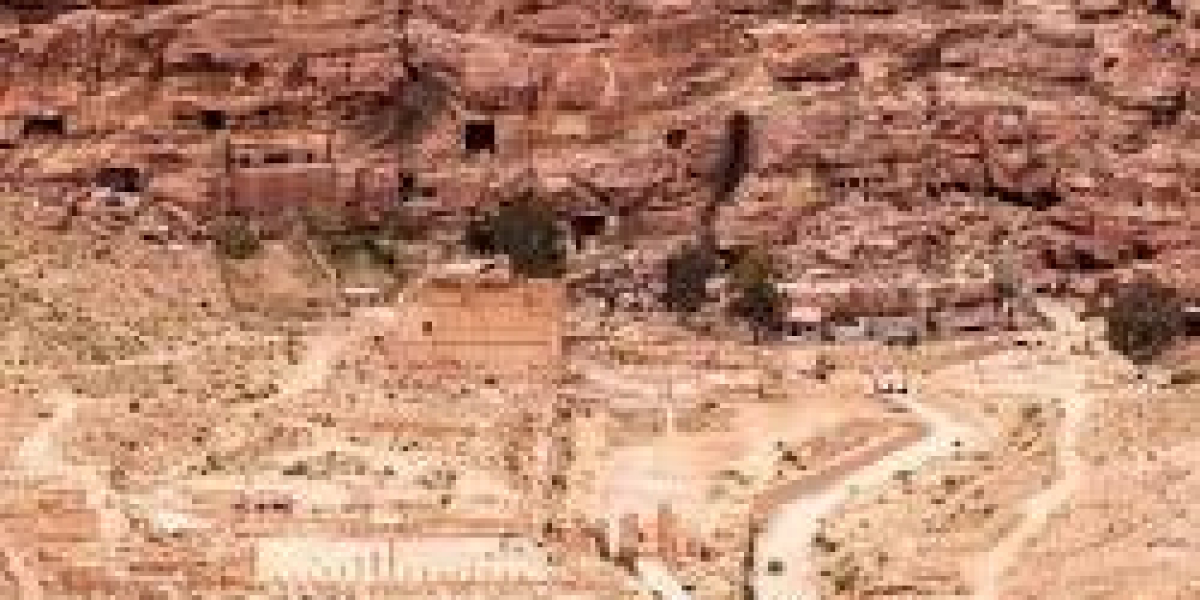Visitors to Petra enter through the Siq, a narrow gorge that snakes through the sandstone cliffs, culminating in a dramatic reveal of the Treasury, Petra's most iconic monument. The Treasury's façade, adorned with Corinthian columns and friezes depicting Greek gods, is as impressive today as it was when it was carved 2,000 years ago.
Beyond the Treasury, Petra boasts a wealth of other archaeological treasures, including a Roman-style amphitheater, hundreds of tombs carved into the cliffs, and a sophisticated water-management system that sustained the city's population for centuries.
Petra's decline began in the 6th century AD, as trade routes shifted and the city was abandoned. It remained hidden from the Western world for centuries until it was rediscovered in 1812 by Swiss explorer Johann Ludwig Burckhardt.
Today, Petra is a popular tourist destination, attracting visitors from around the world who come to marvel at its architectural wonders and learn about the Nabataean civilization. The city's unique beauty and historical significance make it a must-see for anyone interested in the ancient world.
Visiting Petra
If you're planning a trip to Petra, here are a few tips:
- The best time to visit is during the spring or fall, when the weather is mild.
- Be sure to wear comfortable shoes, as you'll be doing a lot of walking.
- Bring plenty of water and sunscreen, especially if you're visiting during the summer.
- Hire a local guide to learn more about Petra's history and culture.
I hope this article has inspired you to learn more about the lost city of Petra. If you're ever in Jordan, be sure to add Petra to your itinerary!
In addition to the information above, here are some other interesting facts about Petra:
- The name "Petra" means "rock" in Greek.
- The Nabataeans were skilled traders who controlled the spice trade between Arabia and the Mediterranean.
- Petra's water-management system included dams, cisterns, and aqueducts that collected and stored rainwater.
- The city was featured in the 1989 film "Indiana Jones and the Last Crusade."







